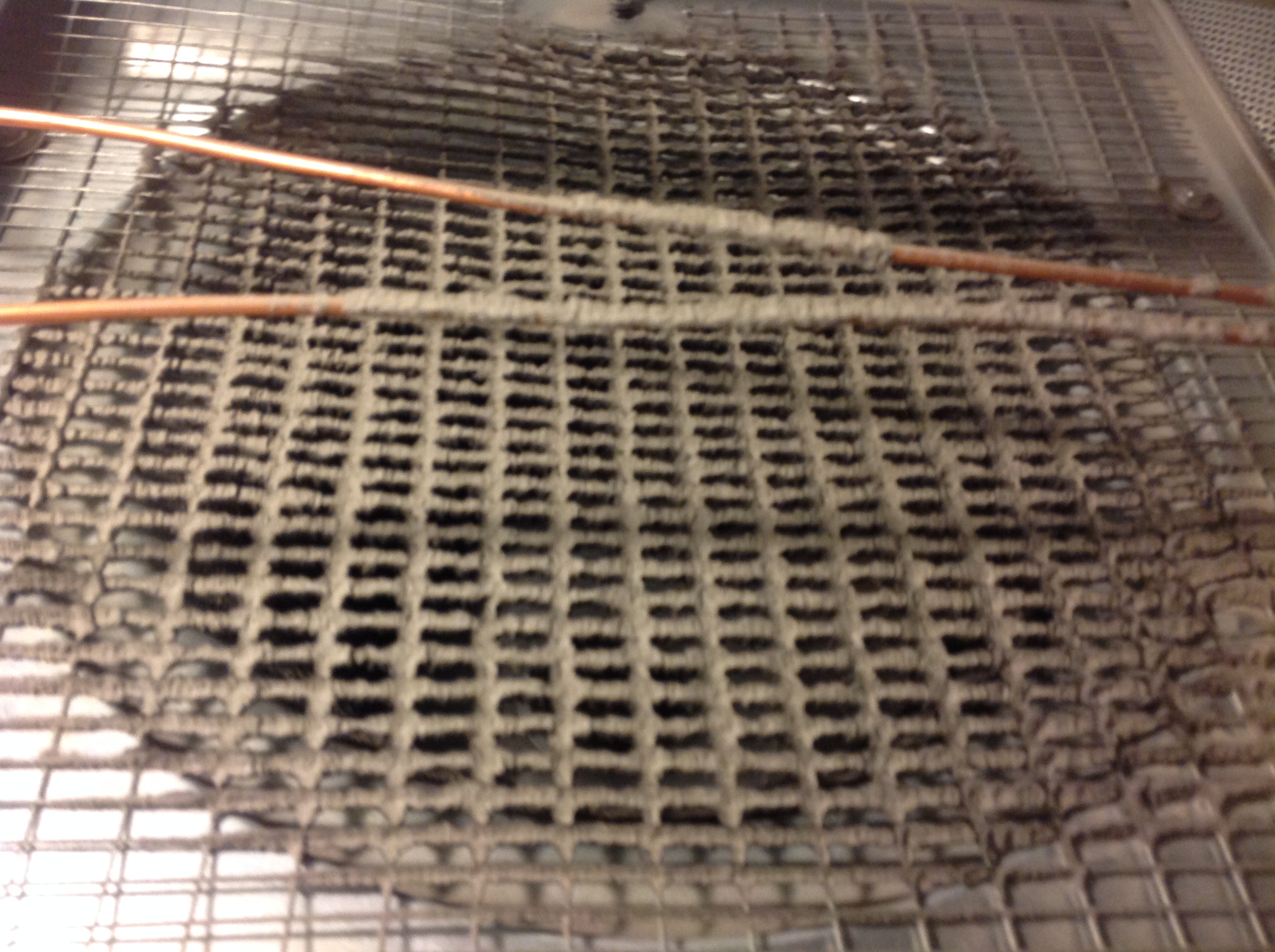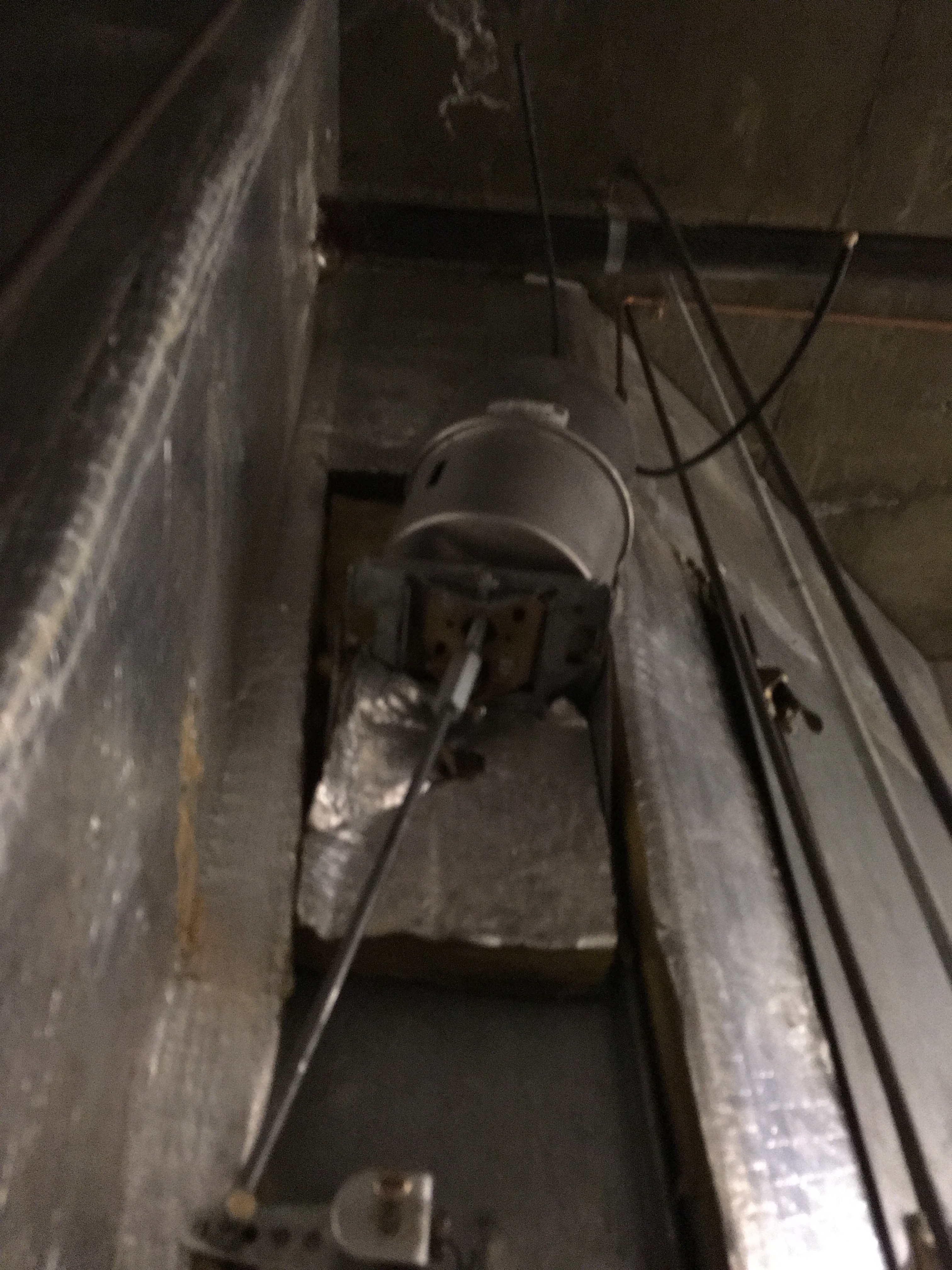Efficiency, lower costs, and optimization strategies are the focal points of today’s energy landscape. Energy efficiency is a way to improve business performance and reduce unnecessary waste. Routine and preventative maintenance is a low-cost way to achieve the greatest return on investment in systems. Following are two case studies that demonstrate the impact a solid facility maintenance program can have on energy use and the bottom line.
Case study #1
The scenario: A large institutional facility was experiencing multiple problematic systems, including multiple air handler units that weren’t functioning correctly. The units were taxing energy consumption and increasing costs. Based on an early check of the pressure controls and instrumentation, the facilities staff did not identify any critical concerns. However, the units were not maintaining adequate riser duct static pressures, despite the fact that the variable frequency drives (VFDs) in many of their fans were operating at 100 percent.
The diagnosis and results: The Facilities Forensic Examiner began using the least intrusive methodology. The eight return fans and 12 supply air fans were shut down for inspection. The findings: The protective screens at the inlet and outlet of the fans had become clogged with a significant build-up of carbon and fibrous materials. The screens were cleaned and vacuumed. When the systems came back online, the static pressure control improved substantially. Many of the fan VFDs had modulated below 100 percent VFD speed, and most of the risers were maintaining or nearly reaching their static pressure set points.
The payoff: Cleaning all the supply and return fan screens took two people eight hours, at a cost of approximately $400. Based on energy calculations related to the eight return air fans alone, simply cleaning the fans had reduced horsepower demands by the equivalent of 135.6 hp. The immediate savings to the bottom line: $267 a day — a payback of 1.5 days on the cleaning effort.
Lesson learned: Avoid deferred cleaning cycles. Fan horsepower demand will gradually increase over time. Schedule cleaning tasks based on your environment, and always collect before and after measurements to validate performance changes and energy impact.

Removing a build-up of carbon and fibrous materials clogging the protective screens of eight return air fans reduced horsepower demands by the equivalent of 135.6 Hp. Deferred cleaning cycles translate to lower equipment efficiency and higher operating costs. All images: SMRT
Case study #2
The scenario: While design standards provide optimal efficiencies for establishing a baseline of operation, the most forward-thinking owners want to protect their financial investment by ensuring systems are configured from inception to function as designed. An independent commissioning process can provide that assurance.
Following extensive facility renovations, a testing, adjusting, and balancing (TAB) contractor reported marginally acceptable tolerances of airflows from a make-up air unit (MAU) serving the building’s kitchen. The Facility Forensics Examiner reviewed the air balancing report, and determined the fan, despite operating at 60 Hz on the variable frequency drive or 100 percent of its rated speed, was functioning below its designed air flow capacity.
The diagnosis and results: Not unusually, portions of the building’s ductwork had been reused during the renovations. The Examiner investigated the installation of both the new and existing ductwork, where he discovered a pneumatic isolation damper for the old MAU hidden deep within the existing ductwork, long forgotten by the facility staff. The damper’s actuator was damaged and was positioned about 25 percent open, substantially restricting airflow through the ductwork.
The facilities staff secured the damper in an open position and ordered a replacement actuator. The fan was later rebalanced, and its operating speed on the VFD decreased from 60 Hz to 40 Hz, once again
meeting design air flow standards.

A damaged pneumatic isolation damper from an old MAU left behind in existing ductwork following renovations restricted airflows and increased operating speed of the fan’s VFD. Correcting the defective damper restored the system’s airflow, yielding approximately $3,700 in annual operational savings or approximately $74,000 of life cycle energy savings.
The payoff: Some facilities managers may question the value of third-party commissioning, preferring to hold costs to the initial installation. However, if the balancing report had not been critiqued and a follow-up investigation conducted, the defective MAU would have operated about 18 hours per day, 7 days a week, running at the fan’s maximum horsepower for the life of the equipment. Correcting the defective damper trimmed daily operating costs from $14.50 to $4.30, yielding an estimated $3,700 in annual operational savings. In perhaps the biggest loss — both literally and figuratively — operations most likely would have accepted the cost of inefficiency as the “new normal” for the next 20 years, missing out on approximately $74,000 of life cycle energy savings.
Lesson learned: A facility renovation can mask a variety of issues related to existing conditions. An independent, third-party review, with thorough attention to detail, can reduce waste inadvertently created by installing a high-energy system on top of malfunctioning existing components. Money is money, after all. A facility can pay a utility to run its equipment or save to invest in maintenance and other energy conservation investments.
Greg Burgess, CxA, CEM, LEED AP — aka The Facilities Forensic Examiner — is Commissioning Services Manager at SMRT Architects and Engineers. A Certified Energy Manager and Commissioning Agent, Greg as more than 30 years of equipment and facilities management, control system, and commissioning experience. [email protected]; www.smrtinc.com




